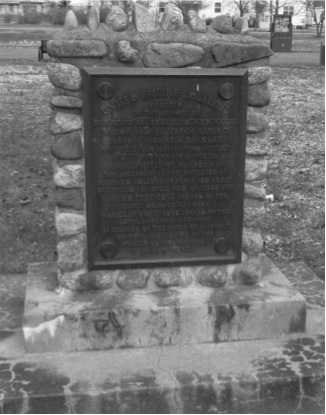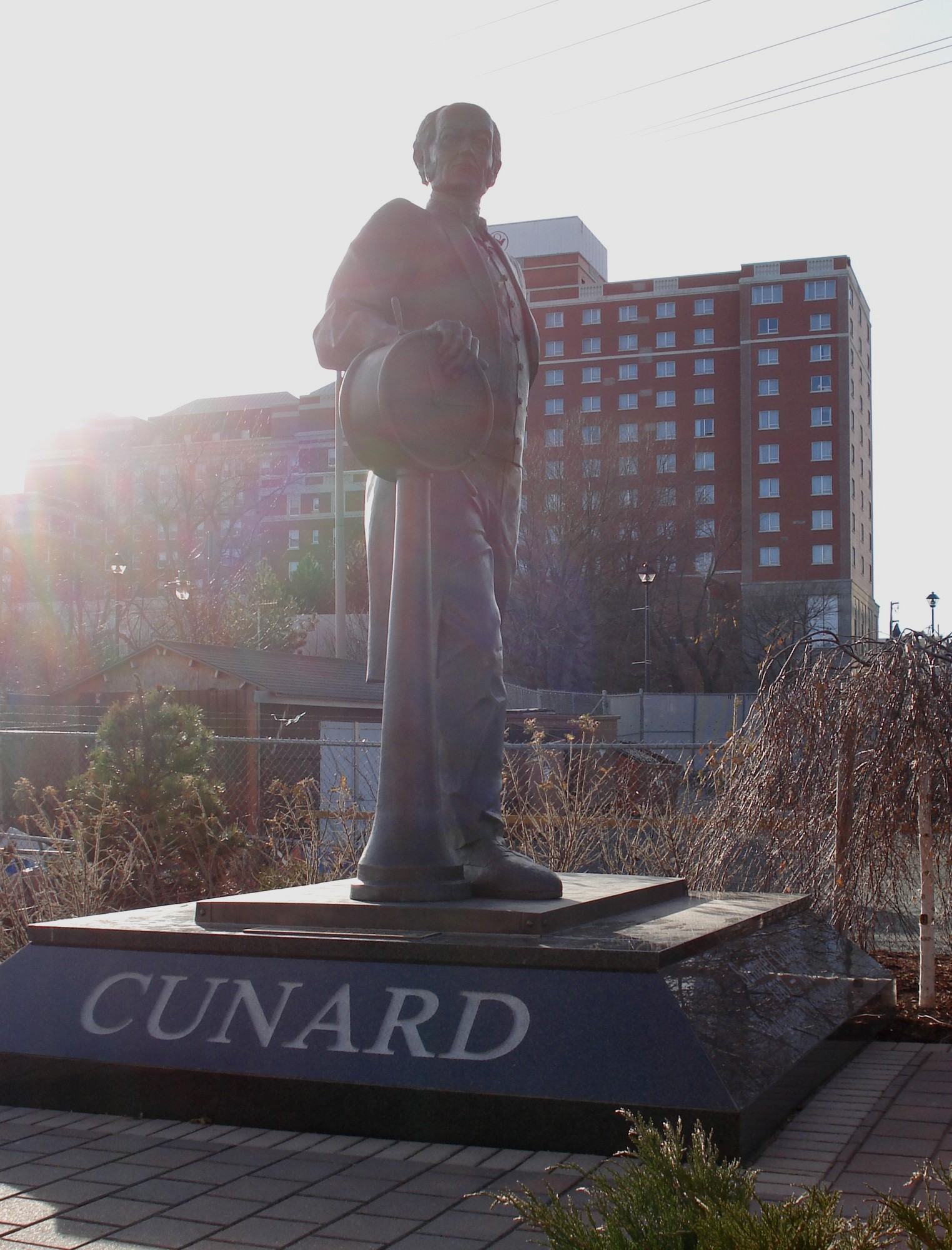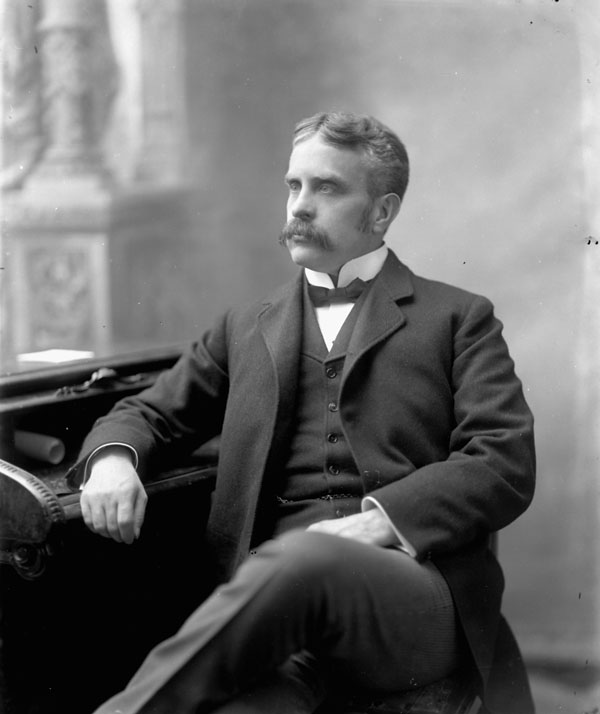|
Spa Springs, Nova Scotia
Spa Springs is a community in the Canadian province of Nova Scotia, located in Annapolis County. The community was settled by Loyalist Timothy Ruggles. The curative waters of the local mineral spring was first noticed in the late 1700s, and in 1829 the first visitors arrived from out of province, with local farmhouses providing accommodations to summer visitors. The Spa Springs Hotel opened in 1831 and in August that year a vessel brought visitors from Maine. At around the same time a bath house was in use. The hotel was expanded and modernized in the 1880s, but destroyed by fire in 1889. This prompted the owner to build a bottling plant to manufacture ginger ale and other aerated drinks. In 1890 the Wilmot Spa Springs Company took over the enterprise.Spa Springs was in the township of Wilmot Another hotel opened in 1892, but not on the grand scale of the earlier one. Its last visitors were in 1901. The hotel register, now in the care of the Nova Scotia Archives, lists many ... [...More Info...] [...Related Items...] OR: [Wikipedia] [Google] [Baidu] |
Nova Scotia
Nova Scotia ( ; ; ) is one of the thirteen provinces and territories of Canada. It is one of the three Maritime provinces and one of the four Atlantic provinces. Nova Scotia is Latin for "New Scotland". Most of the population are native English-speakers, and the province's population is 969,383 according to the 2021 Census. It is the most populous of Canada's Atlantic provinces. It is the country's second-most densely populated province and second-smallest province by area, both after Prince Edward Island. Its area of includes Cape Breton Island and 3,800 other coastal islands. The Nova Scotia peninsula is connected to the rest of North America by the Isthmus of Chignecto, on which the province's land border with New Brunswick is located. The province borders the Bay of Fundy and Gulf of Maine to the west and the Atlantic Ocean to the south and east, and is separated from Prince Edward Island and the island of Newfoundland by the Northumberland and Cabot straits, ... [...More Info...] [...Related Items...] OR: [Wikipedia] [Google] [Baidu] |
Canada
Canada is a country in North America. Its ten provinces and three territories extend from the Atlantic Ocean to the Pacific Ocean and northward into the Arctic Ocean, covering over , making it the world's second-largest country by total area. Its southern and western border with the United States, stretching , is the world's longest binational land border. Canada's capital is Ottawa, and its three largest metropolitan areas are Toronto, Montreal, and Vancouver. Indigenous peoples have continuously inhabited what is now Canada for thousands of years. Beginning in the 16th century, British and French expeditions explored and later settled along the Atlantic coast. As a consequence of various armed conflicts, France ceded nearly all of its colonies in North America in 1763. In 1867, with the union of three British North American colonies through Confederation, Canada was formed as a federal dominion of four provinces. This began an accretion of provinces an ... [...More Info...] [...Related Items...] OR: [Wikipedia] [Google] [Baidu] |
Annapolis County, Nova Scotia
Annapolis County is a county in the Canadian province of Nova Scotia located in the western part of the province located on the Bay of Fundy. The county seat is Annapolis Royal. History Established August 17, 1759, by Order in Council, Annapolis County took its name from the town of Annapolis Royal which had been named in honour of Anne, Queen of Great Britain. It was near the previous site of Port Royal, the chief Acadian settlement in the area. The Acadians had been forcibly removed by British government officials in the 1755 Grand Dérangement. In 1817 the population of the county was 9,817, and that had grown to 14,661 by 1827. At that time, the county was divided into six townships: Annapolis, Granville, Wilmot, Clements, Digby and Clare. By 1833, a number of reasons had been advanced for making two counties out of Annapolis County. Two petitions were presented to the House of Assembly in that year requesting that the county be divided. However, it was not until 1837 th ... [...More Info...] [...Related Items...] OR: [Wikipedia] [Google] [Baidu] |
Timothy Ruggles
Timothy Dwight Ruggles (October 20, 1711 – August 4, 1795) was an American colonial military leader, jurist, and politician. He was a delegate to the Stamp Act Congress of 1765 and later a Loyalist during the American Revolutionary War. Early life Ruggles was born on October 20, 1711 to Rev. Timothy Ruggles. He was grandson of Capt. Samuel Ruggles of Roxbury and Martha Woodbridge, who was a granddaughter of Governor Thomas Dudley. He graduated from Harvard in 1732; studied law, and established himself in practice in Rochester. In 1735 he married Mrs. Bathsheba Newcomb, widow of William Newcomb and the daughter of the Hon. Melatiah Bourne of Sandwich, Massachusetts. He was a military officer during the French and Indian War, rising to the rank of brigadier general in 1758. Stamp Act He served multiple terms in the Massachusetts House of Representatives and was its speaker from 1762 to 1764. He participated in the October 1765 Stamp Act Congress as a representative of the Ma ... [...More Info...] [...Related Items...] OR: [Wikipedia] [Google] [Baidu] |
Maine
Maine () is a state in the New England and Northeastern regions of the United States. It borders New Hampshire to the west, the Gulf of Maine to the southeast, and the Canadian provinces of New Brunswick and Quebec to the northeast and northwest, respectively. The largest state by total area in New England, Maine is the 12th-smallest by area, the 9th-least populous, the 13th-least densely populated, and the most rural of the 50 U.S. states. It is also the northeasternmost among the contiguous United States, the northernmost state east of the Great Lakes, the only state whose name consists of a single syllable, and the only state to border exactly one other U.S. state. Approximately half the area of Maine lies on each side of the 45th parallel north in latitude. The most populous city in Maine is Portland, while its capital is Augusta. Maine has traditionally been known for its jagged, rocky Atlantic Ocean and bayshore coastlines; smoothly contoured mountains; heavily f ... [...More Info...] [...Related Items...] OR: [Wikipedia] [Google] [Baidu] |
Nova Scotia Archives
Nova Scotia Archives is a governmental archival institution serving the Canadian province of Nova Scotia. The archives acquires, preserves and makes available the province's documentary heritage – recorded information of provincial significance created or accumulated by government and the private sector over the last 300 years. The idea for a provincial archives and a Provincial Archivist first took root on April 30, 1857 when a resolution was put forward in the Legislative Assembly (moved by Joseph Howe, and seconded by James W. Johnston), making it the first provincial archives in Canada. Thomas Beamish Akins, a lawyer, historian, archivist, and author, was appointed Nova Scotia's first Commissioner of Public Records from 1857 until his death in 1891. In 1931, the Nova Scotia Archives became the first provincial archives in Canada to have a purpose-built building. The Chase Building, designed by Andrew R. Cobb, still exists and is now home to the Math department of Dalhousie ... [...More Info...] [...Related Items...] OR: [Wikipedia] [Google] [Baidu] |
Samuel Cunard
Sir Samuel Cunard, 1st Baronet (21 November 1787 – 28 April 1865), was a British-Canadian shipping magnate, born in Halifax, Nova Scotia, who founded the Cunard Line, establishing the first scheduled steamship connection with North America. He was the son of a master carpenter and timber merchant who had fled the American Revolution and settled in Halifax. Family and early life Samuel Cunard was the second son of Abraham Cunard (1756–1824), a Quaker and Margaret Murphy (1758-1821), a Roman Catholic. The Cunards were a Quaker family that originally came from Worcestershire, in Britain, but were forced to flee to Germany in the 17th century due to religious persecution, where they took the name Kunder. Samuel Cunard's great-great-grandfather had been a dyer in Crefeld there, but emigrated to Pennsylvania in 1683. In America they adopted the name Cunard. Later some of his descendants, including his grandfather, Samuel, changed their name to Cunard. Abraham Cunard was a Loyal ... [...More Info...] [...Related Items...] OR: [Wikipedia] [Google] [Baidu] |
Robert Borden
Sir Robert Laird Borden (June 26, 1854 – June 10, 1937) was a Canadian lawyer and politician who served as the eighth prime minister of Canada from 1911 to 1920. He is best known for his leadership of Canada during World War I. Borden was born in Grand-Pré, Nova Scotia. He worked as a schoolteacher for a period and then served his articles of clerkship at a Halifax law firm. He was called to the bar in 1878, and soon became one of Nova Scotia's most prominent barristers. Borden was elected to the House of Commons in the 1896 federal election, representing the Conservative Party. He replaced Charles Tupper as party leader in 1901, but was defeated in two federal elections by Liberal Prime Minister Wilfrid Laurier in 1904 and 1908. However, in the 1911 federal election, Borden led the Conservatives to victory after he claimed that the Liberals' proposed trade reciprocity treaty with the United States would lead to the US influencing Canadian identity and weaken t ... [...More Info...] [...Related Items...] OR: [Wikipedia] [Google] [Baidu] |
Joseph Howe
Joseph Howe (December 13, 1804 – June 1, 1873) was a Nova Scotian journalist, politician, public servant, and poet. Howe is often ranked as one of Nova Scotia's most admired politicians and his considerable skills as a journalist and writer have made him a provincial legend. He was born the son of John Howe and Mary Edes at Halifax and inherited from his loyalist father an undying love for Great Britain and her Empire. At age 23, the self-taught but widely read Howe purchased the ''Novascotian'', soon making it into a popular and influential newspaper. He reported extensively on debates in the Nova Scotia House of Assembly and travelled to every part of the province writing about its geography and people. In 1835, Howe was charged with seditious libel, a serious criminal offence, after the ''Novascotian'' published a letter attacking Halifax politicians and police for pocketing public money. Howe addressed the jury for more than six hours, citing example after example of civi ... [...More Info...] [...Related Items...] OR: [Wikipedia] [Google] [Baidu] |
George V
George V (George Frederick Ernest Albert; 3 June 1865 – 20 January 1936) was King of the United Kingdom and the British Dominions, and Emperor of India, from 6 May 1910 until Death and state funeral of George V, his death in 1936. Born during the reign of his grandmother Queen Victoria, George was the second son of Edward VII, Albert Edward, Prince of Wales, and was third in the line of succession to the British throne behind his father and his elder brother, Prince Albert Victor. From 1877 to 1892, George served in the Royal Navy, until the unexpected death of his elder brother in early 1892 put him directly in line for the throne. On Victoria's death in 1901, George's father ascended the throne as Edward VII, and George was created Prince of Wales. He became King-Emperor, king-emperor on his father's death in 1910. George's reign saw the rise of socialism, communism, fascism, Irish republicanism, and the Indian independence movement, all of which radically changed the poli ... [...More Info...] [...Related Items...] OR: [Wikipedia] [Google] [Baidu] |





.png)
